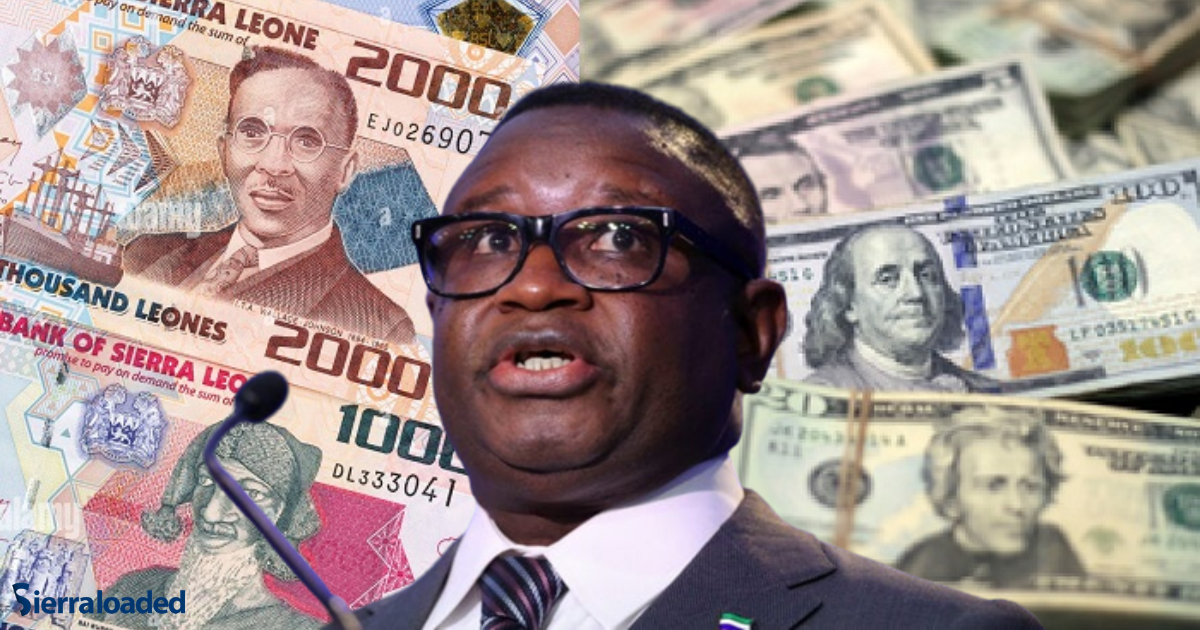The Recent Macroeconomic Developments (RMD) report on Sierra Leone has projected the country’s economic growth at 2.7% in 2023, marking a decline from 3.6% in 2022 and 4.1% in 2021.
According to a report by Awoko, the anticipated depreciation is due to several supply-side disruptions, volatile mining outputs, and the reverberations from the Russia-Ukraine conflict.
RMD, a report by the Bank of Sierra Leone’s Research and Statistics Department suggests that from 2023 to 2025, the nation could experience an average annual economic surge of 4.2%. Key sectors like agriculture, mining, tourism, and the broader business sphere are set to fuel this growth. Additionally, planned structural adjustments are seen as catalysts for this economic uptick.
Providing a detailed perspective on current monetary and external dynamics, the report employs rigorously vetted data. Although the overarching objective remains price stability, the significance of financial stability within the Bank’s mandate is underscored, overseen by macro-prudential and supervisory structures.
The inflationary trend persists as a challenge. Data from June 2023 revealed a year-on-year inflation rate of 44.81%, a marginal climb from May’s 44.43%. Food and non-alcoholic beverages’ inflation was primarily responsible, escalating to 57.99% from May’s 55.81%. Conversely, non-food inflation experienced a dip, settling at 35.02% from May’s 35.89%.
Factors such as the lingering impacts of the Covid-19 pandemic, disruptions from the Russia-Ukraine conflict affecting global food logistics, and the yearly depreciation of the Leone have fanned these inflationary flames. Nevertheless, recent monthly figures indicate a slight appreciation in the Leone.



 1 Comment
1 Comment 










All the analysis made above is a blame game for the creckless economic mismanagement of our Government.
When will this blame game stop? Maybe not even in the generation of our Children, Children’s, Children.